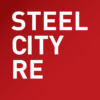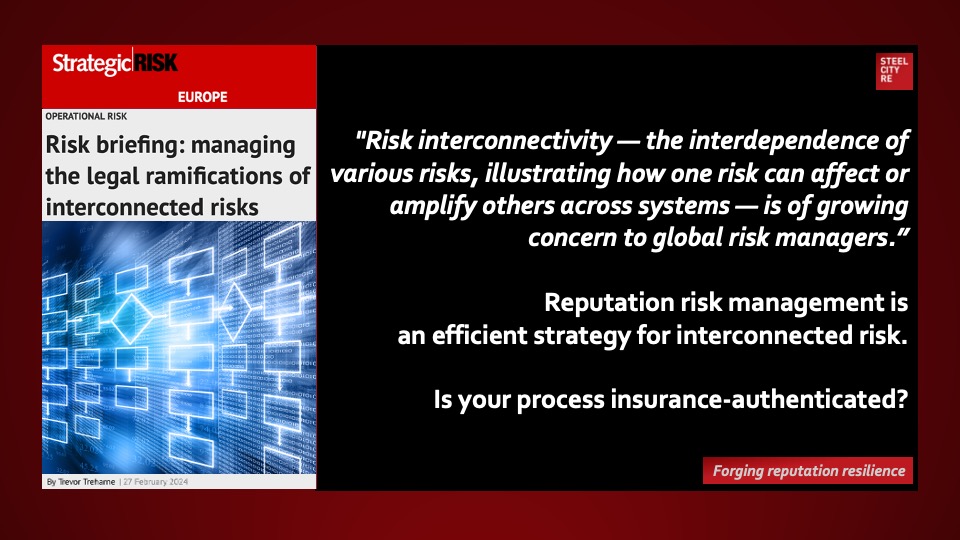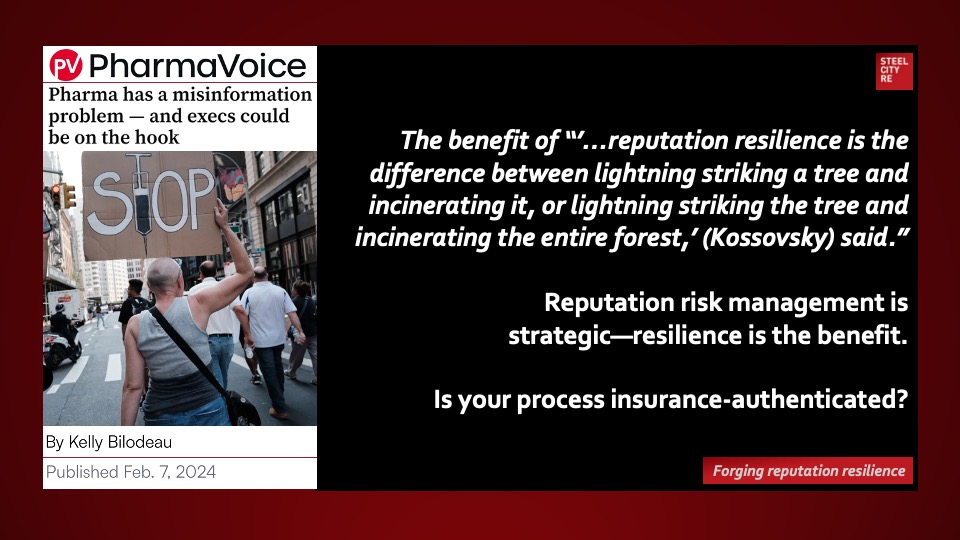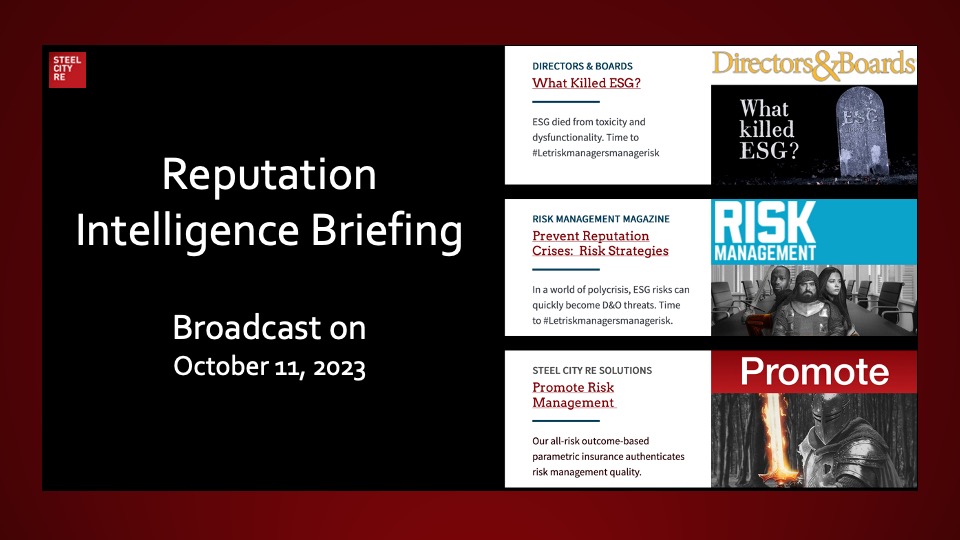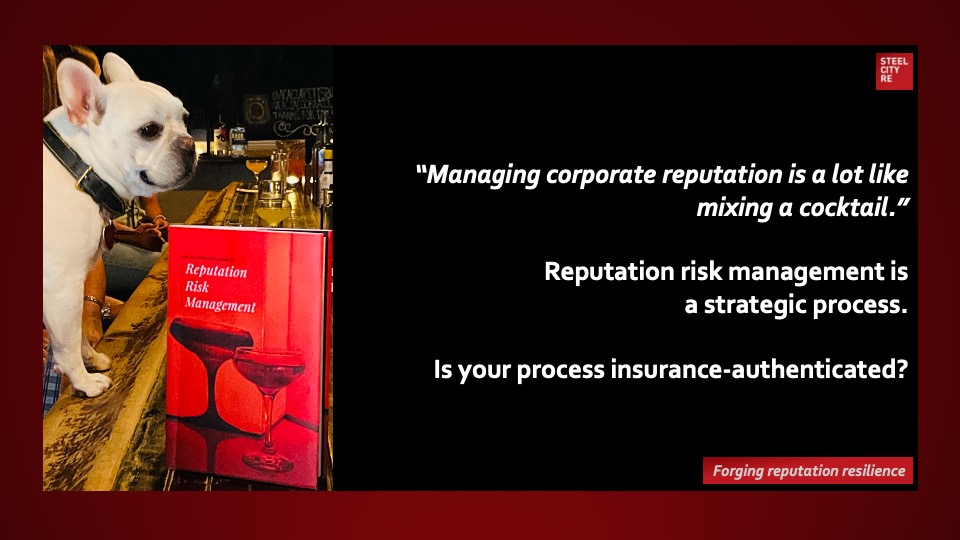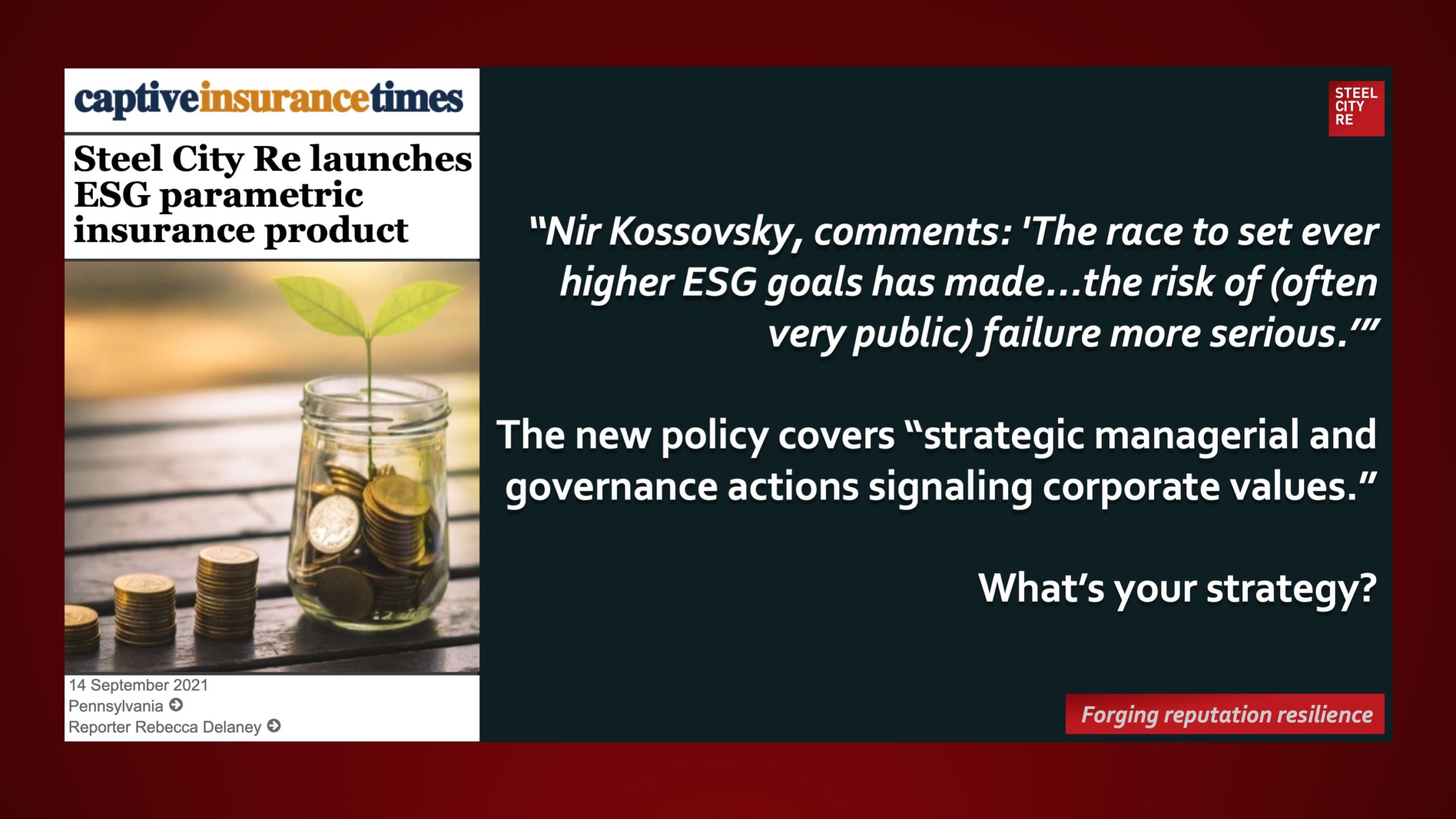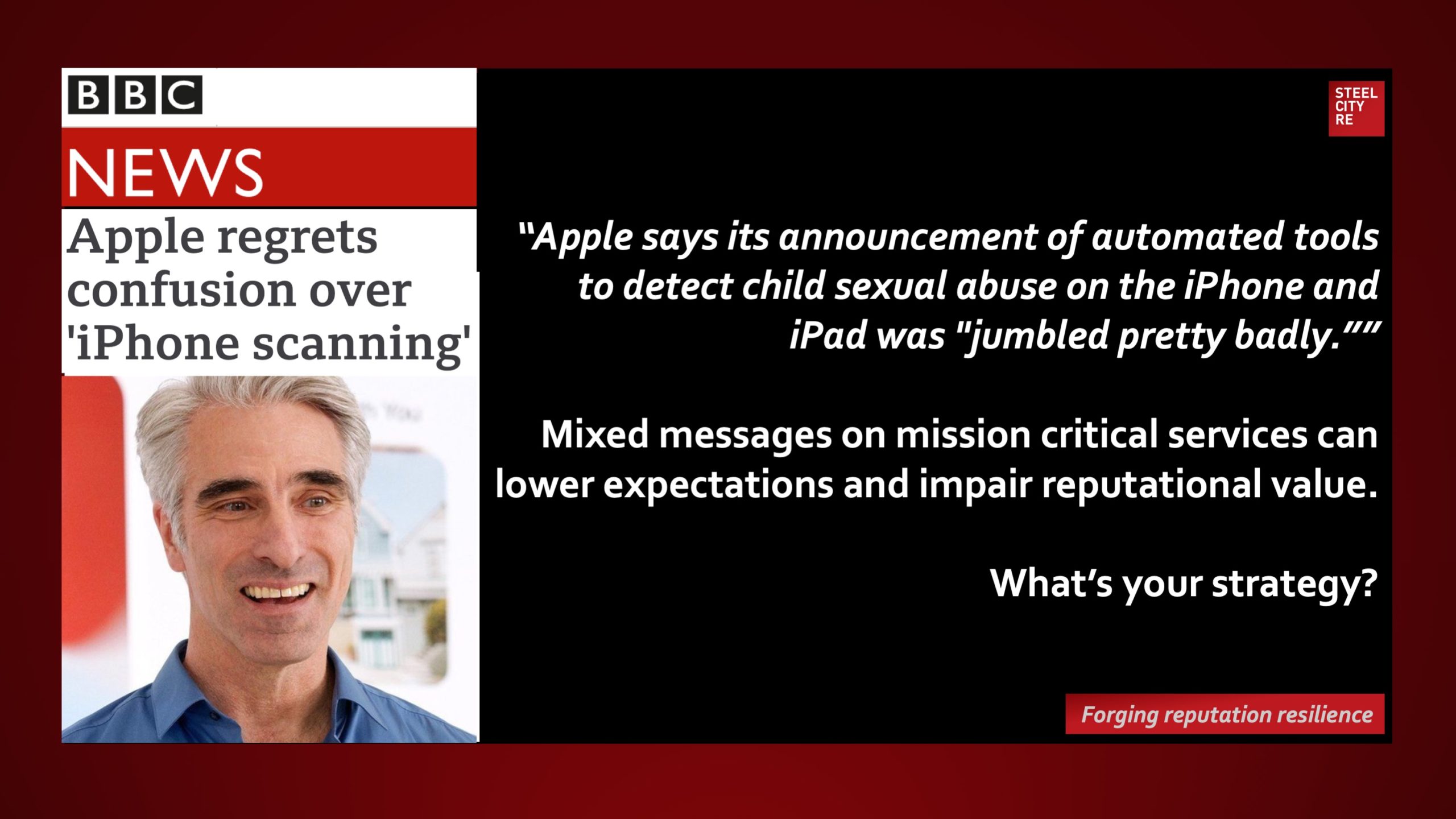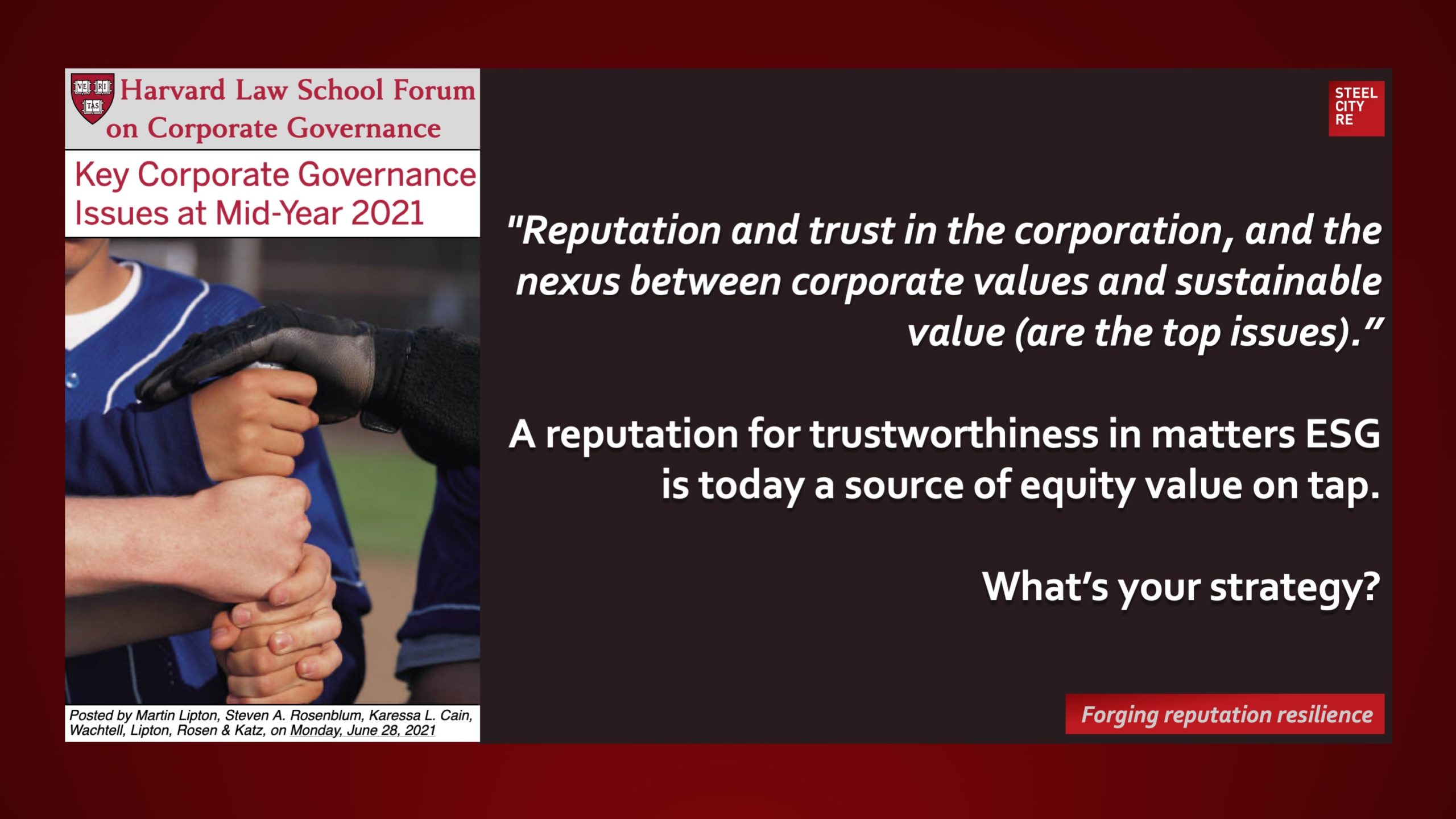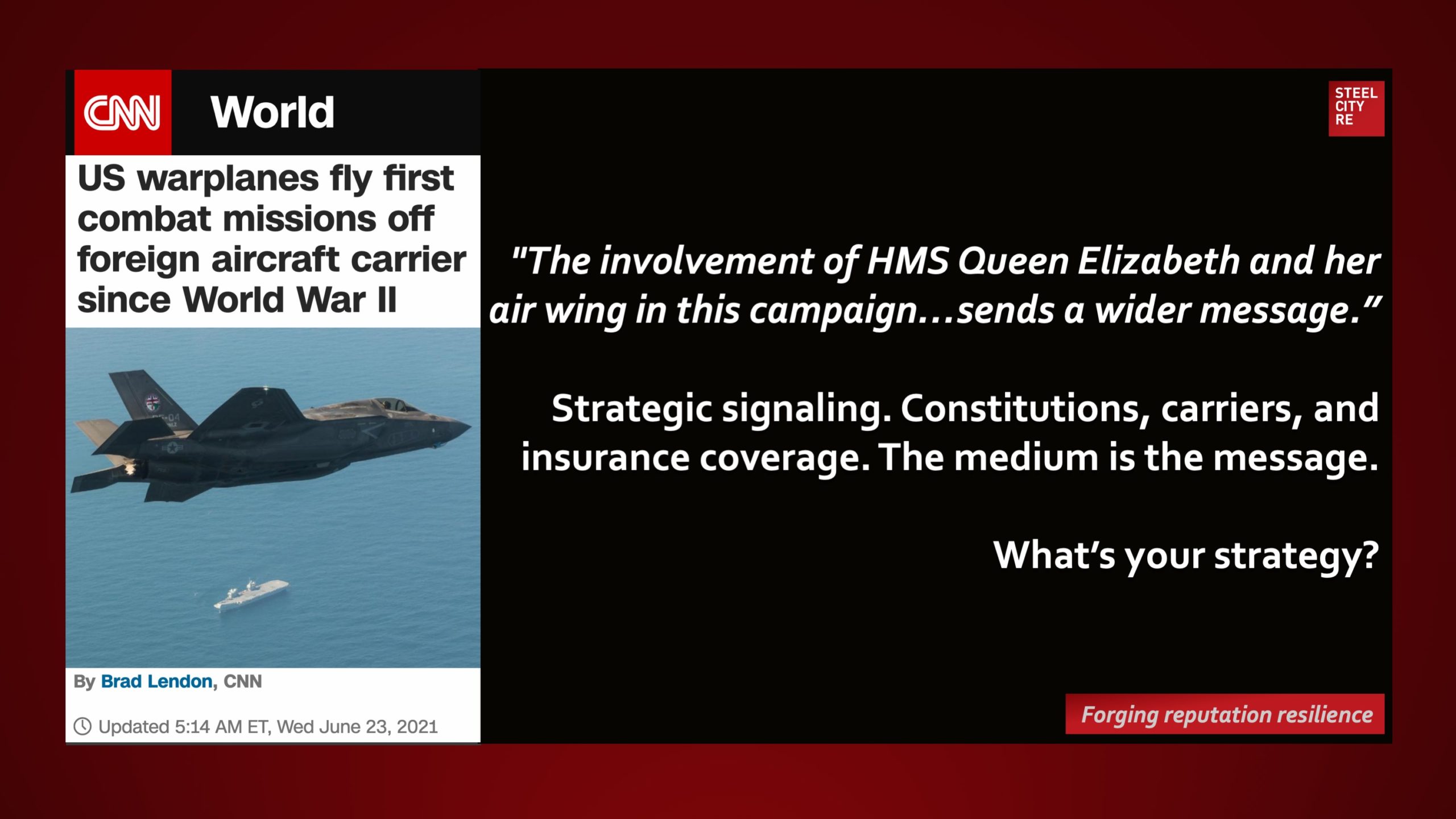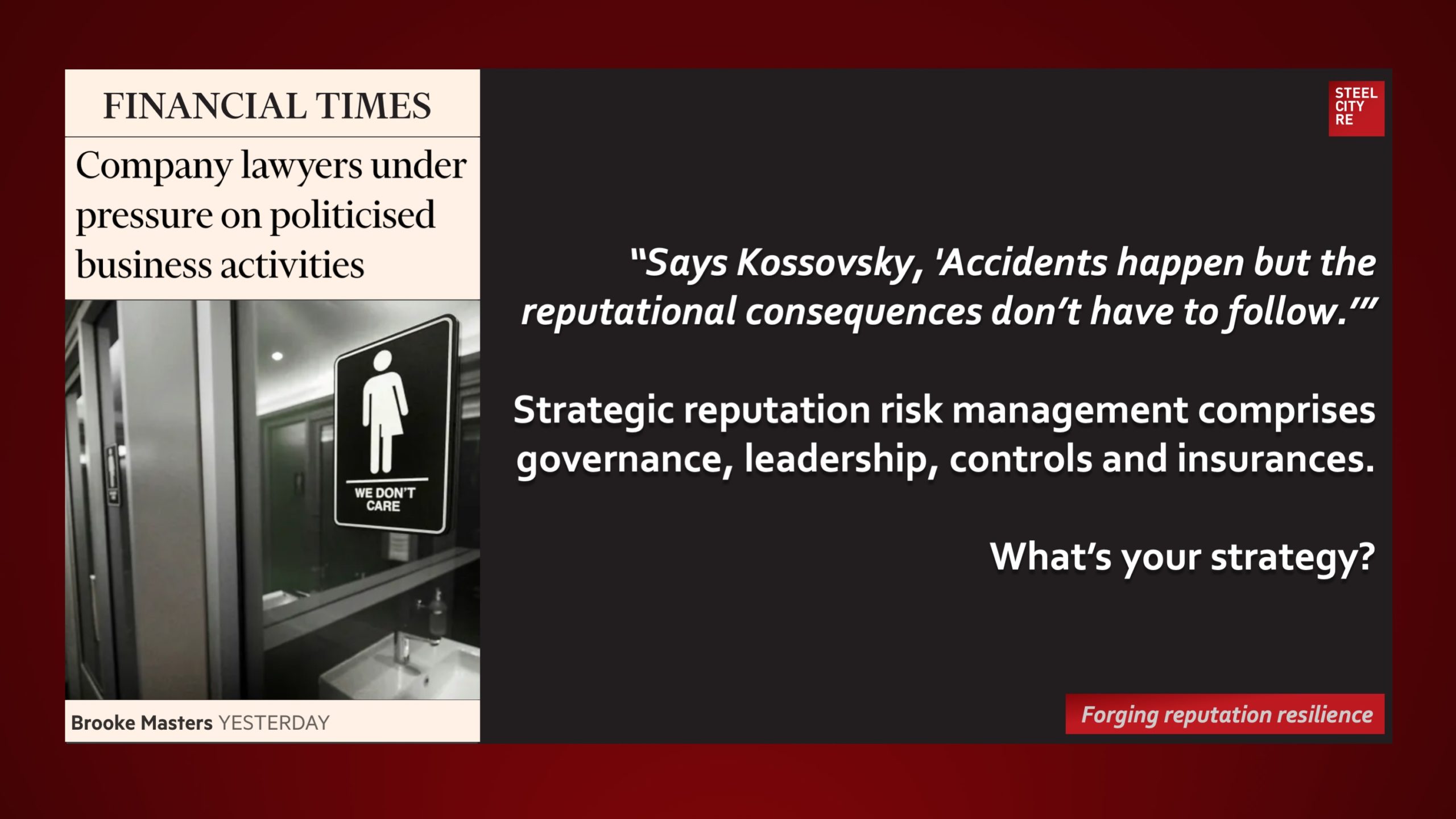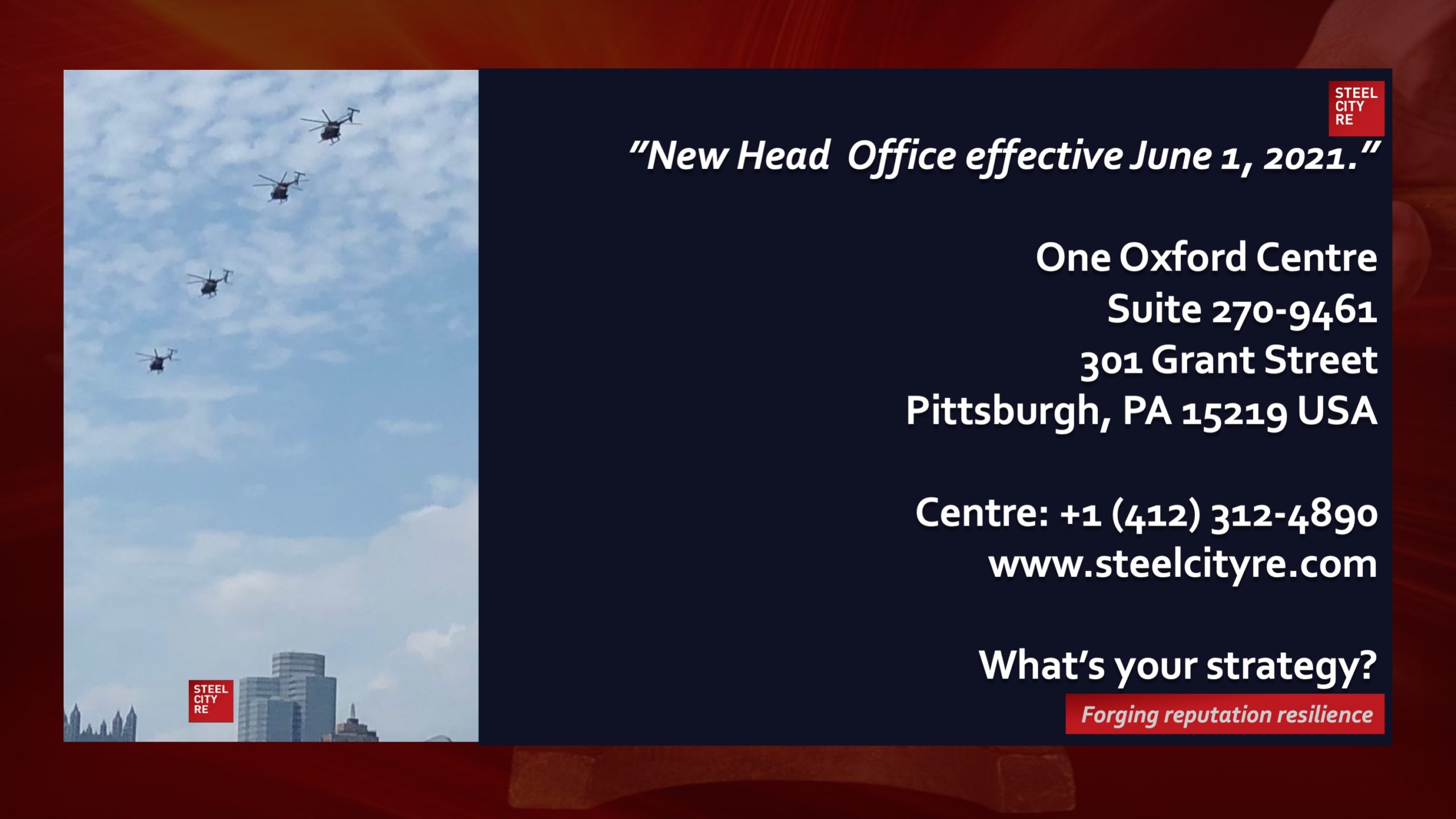March 1, 2024
Reputation risk management is an efficient strategy for interconnected risk. “Risk interconnectivity — the interdependence of various risks, illustrating how one risk can affect or amplify others across systems — is of growing concern to global risk managers. […] Andrew Chung, litigation, arbitration and investigations partner at Linklaters, said the key enterprise risks that are top of mind for clients today are interconnected. He explained: “We are seeing how risks across financial crime, cyber, ESG and energy transition, digital transformation and AI, and geopolitics including supply chain and sanctions all have common elements and data, so now require an enterprise-wide and holistic lens more than ever, to properly manage the risks.”
